Insight into King and Queen’s private life at Balmoral revealed ahead of first public tours
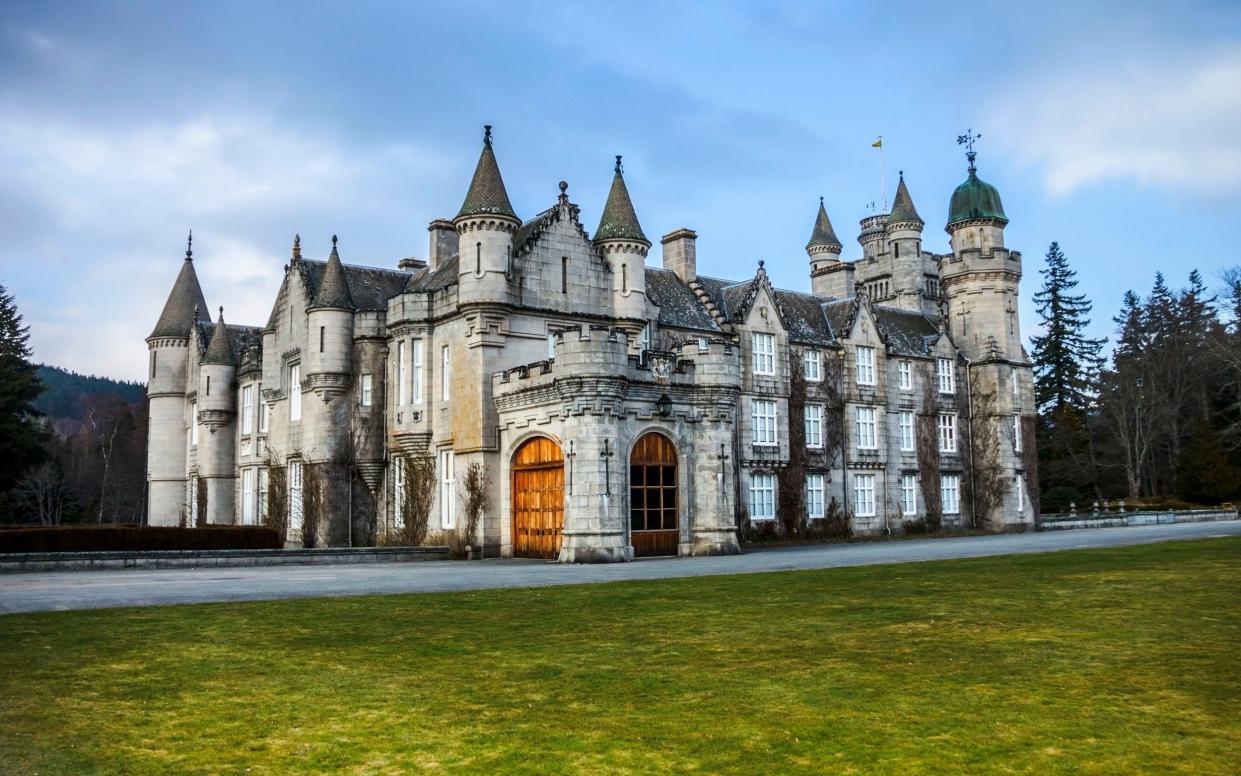
Buckingham Palace has revealed extraordinary details about the King and Queen’s private life at Balmoral as it opens up the Royal residence to the public for the first time.
The 3,400 guests quick enough to snap up a £100 “golden ticket” will be granted an unprecedented peek behind the tartan and tasselled curtains.
From Monday, they will move in groups of ten through the King’s front door into the wood-panelled entrance hall, where pairs of wellies and waders are neatly lined up under a table and 22 stag heads are mounted high on the wall as hunting trophies, each one accompanied by the specific details of their demise, including when and where they were shot and by whom.
They will be afforded a fascinating glimpse into the dining room where the last photograph of a frail Queen Elizabeth II, leaning on her walking stick before a roaring fire, was taken on September 6 2022, just two days before her death.
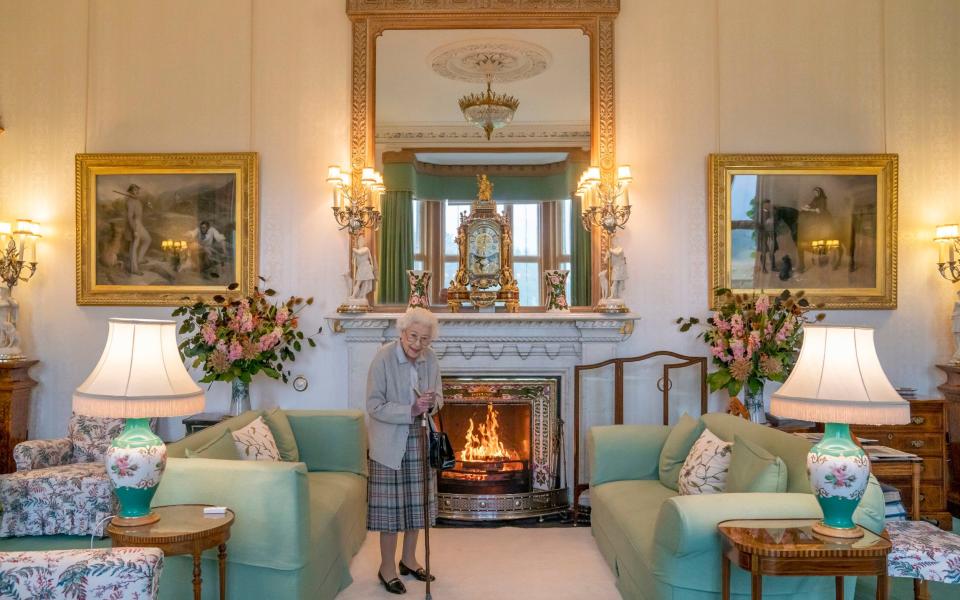
In the main dining room, used for entertaining family and guests, they will learn that rather than sitting at each end of the extendable Victorian mahogany table, the King and Queen instead opt to sit together at its centre, “at the heart of their guests”.
Paul Burns, the King’s piper, still plays in the latter part of the dinners held there, continuing a tradition from the monarch’s great-great-great grandmother Queen Victoria’s time.
The green sofa coverings have been changed to a striped tartan chintz that matches the curtains.
Meanwhile, in the library, which is now used by the King as his study, guests will briefly be able to share the view from his desk over the sunken garden.
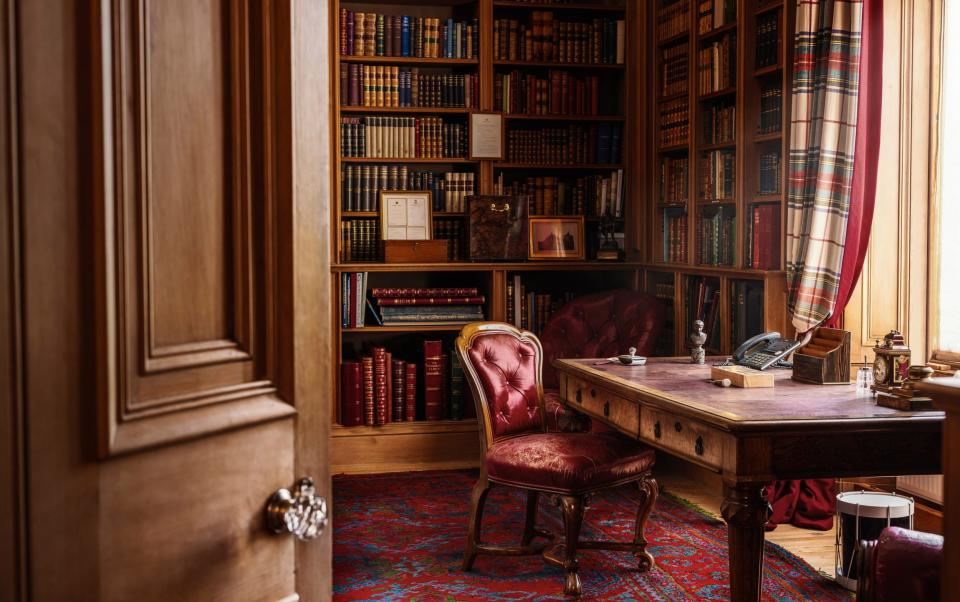
One of the many signs of the everyday, outdoorsy lifestyle so beloved of the Royal family is a rack holding a pile of picnic blankets, regularly used when they head into the grounds and the surrounding hills for walks, rides and shoots.
Visitors will be treated to a “bespoke” 50-minute tour of seven rooms by a rotating group of 15 specially trained guides.
Before entering, however, they will be required to put dust covers on their shoes and hand over their mobile phones, with all photography banned.
Until now, the interior of the vast castle has largely remained out of bounds to members of the public, with tours limited to just the ballroom, the grounds and the gardens.
When the Balmoral estate announced in April that it would be hosting private tours for the first time since the castle was completed in 1855, the tickets sold out in just two hours.
Those who managed to snap one up may leave the private family home with an unrivalled understanding of why the late Queen so loved to “hibernate” there, why Prince William speaks so fondly of his childhood summer holidays and why the King is “never happier” than when he has escaped the rigours of public life to relish the freedom of the Scottish hills.
Since inheriting the 55,000-acre estate, the green-fingered King has been busy planting new birch, Japanese maple and acer trees around the lawn in front of the castle.
He has also started work on a new thistle maze and an extended kitchen garden filled with flowers and vegetables including pak choi, borage, kohlrabi, squash and Duke of York potatoes.

After filing through the entrance hall, visitors will find themselves in what is called the red corridor, where mounted on the wall is the brass “chauffeur’s whistle” once used to alert the carriage drivers when they were needed by guests.
The flock wallpaper designed by William Morris for Queen Victoria’s Golden Jubilee in 1887 is stamped with VRI, which stands for “Victoria Regina Imperatrix” (Victoria Queen Empress), while the Prince Albert statue, commissioned by Victoria after his death, was mounted on a rotating plinth so it could be turned to follow her as she made her way upstairs to bed, his gaze always upon her.
Balmoral was purchased for Queen Victoria by Prince Albert in 1852 and their presence is keenly felt throughout the house to this day.
Victoria described the castle as her “dear paradise in the Highlands” and wrote in her diary: “All seemed to breathe freedom and peace and to make one forget the world and its sad turmoils.”
Mounted at each end of the main dining room are two large Winterhalter portraits of the couple, painted when both were 26 years old, Albert wearing his Grenadier Guards uniform.
On the dining table are impressive silver equine sculptures by Edgar Boehm, commissioned by Victoria, including one of John Brown, her favourite personal attendant, depicted with his pony, Flora, and his collie dog, Sharp.
In the page’s lobby, once used as a private chapel by Queen Victoria before being redesigned and repurposed by Edward VII, is an 1872 marble bust of Dr Norman Macleod, Victoria’s favourite pastor, and another of Prince Albert, commissioned two weeks after his death.
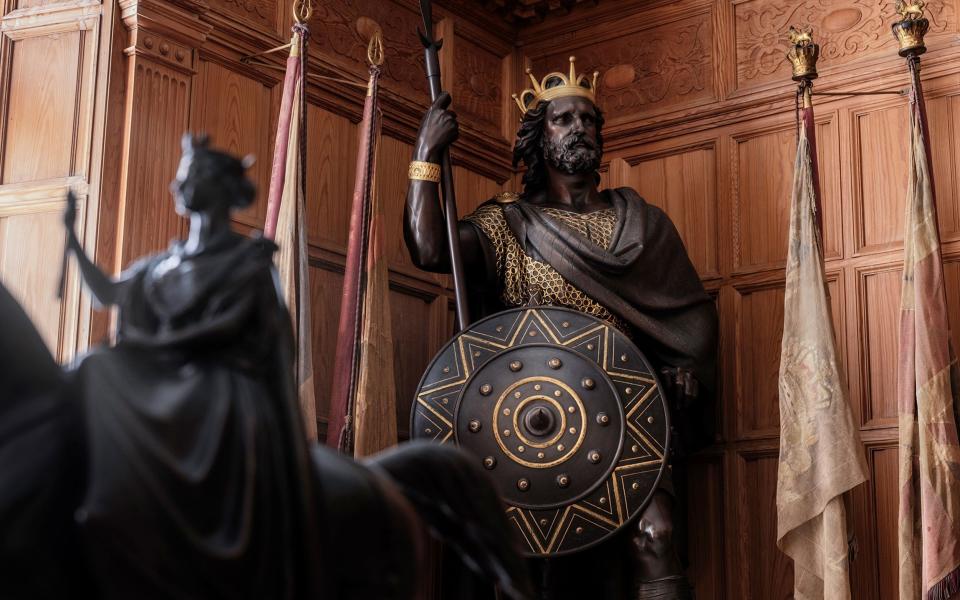
The family dining room is the more “informal” dining room where the Royal family takes breakfast and afternoon tea.
Here, a glass cabinet displays two silver and ivory decorative trowels, used by Queen Victoria to lay the foundation stone of the new Balmoral Castle and the foundation stone of Crathie Kirk, the local church in Ballater where the family still regularly worships.
On the wall is a painting by the Bavarian-born artist Carl Haag, depicting Victoria and Albert ascending Lochnagar, a mountain immortalised by the King in his 1980 book, the Old Man of Lochnagar.
Brennon Jacobs, a Balmoral guide, said: “Haag visited Balmoral from 1853 to 1856, painting a series of pictures for the Royal family. At the end of this period, he presented Victoria with a very large bill, which shocked her so she never had him back.”
At the personal request of the King, visitors who paid £50 extra to enjoy afternoon tea as part of their tour will be served their treats on a reproduction of the White Stuart Tartan china commissioned by Victoria and Albert and still used by the family today.
In a side room is a display cabinet which the King personally asked to be brought downstairs for public view.
It features “Prince Albert’s Highland attire” – all of his accessories including silver pistols, gunpowder horns, his sporran, the eagle feathers worn in his cap, his kilt belts and skene-dhu.
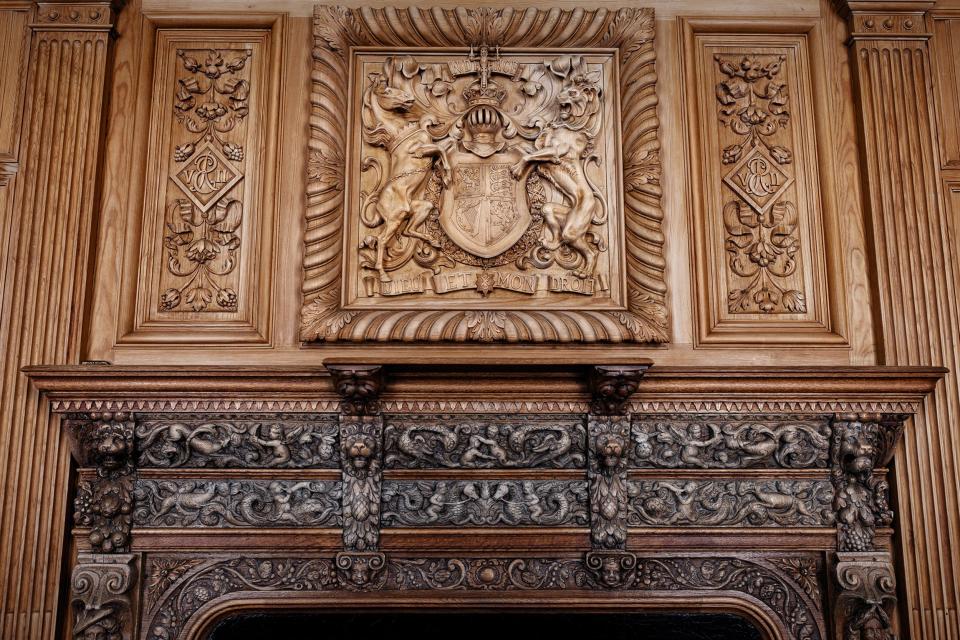
The cosy drawing room is considered “the heart of the castle”, adorned with tartan and tasselled curtains, several Landseer paintings, including two of Victoria on horseback and known as Sunshine and Shadow, one depicting her happy at Balmoral when Albert was still alive and the other when she was in mourning at Osborne House.
A satin birch side chair to the left of the fireplace was Victoria’s favourite chair and even today, nobody dares sit on it.
An anecdote was described in Andrew Morton’s biography, Diana: Her True Story, which revealed that uninitiated newcomers were greeted with a chorus of “Don’t sit there!”
The drawing room features the only working fireplace in the castle, with all other rooms fitted with electric radiators.
Family photographs on the piano include a Hugo Burnand Coronation portrait of the King and Queen and a photograph of Queen Elizabeth, the Queen Mother.
‘We are making history here’
Sarah Hoare, curator, visitor enterprises and one of the new tour guides, said: “We are making history here. Queen Victoria and Prince Albert entered the castle in September 1855 and no public have ever had access to any of the rooms that we’re about to tour next week.
“They will see where the royals go for their summer holiday. There’s nothing grand, no large staterooms, but they will see amazing pieces of artwork, in particular Edwin Landseer, one of Queen Victoria’s favourites. We’ve got lovely sculptures that the public have never viewed before, so some lovely surprises.”
The public opening is in line with the King’s wish to make royal residences more accessible to the public. Proceeds will go back into the estate.
James Hamilton-Goddard, visitor enterprise manager, said: “The King wanted it to happen. We’ve made it happen. For us, as a department. It’s just been the most fantastic project.”
However, the month-long summer tour programme is considered a trial period during which estate staff will be able to gauge how the historic building copes with increased footfall.
Palace sources note that Balmoral, unlike other Royal residences such as Buckingham Palace, is not set up as a large-scale visitor attraction.
The King, who is currently staying at nearby Birkhall, visited Balmoral on Thursday evening to inspect new signage in the gardens and is expected to return to the castle in the coming days.
He and his household move to Balmoral on Aug 19 and it will close to the public a week earlier.
The Royal family will depart again on Sep 22 and Balmoral will reopen to the public on Oct 1.


